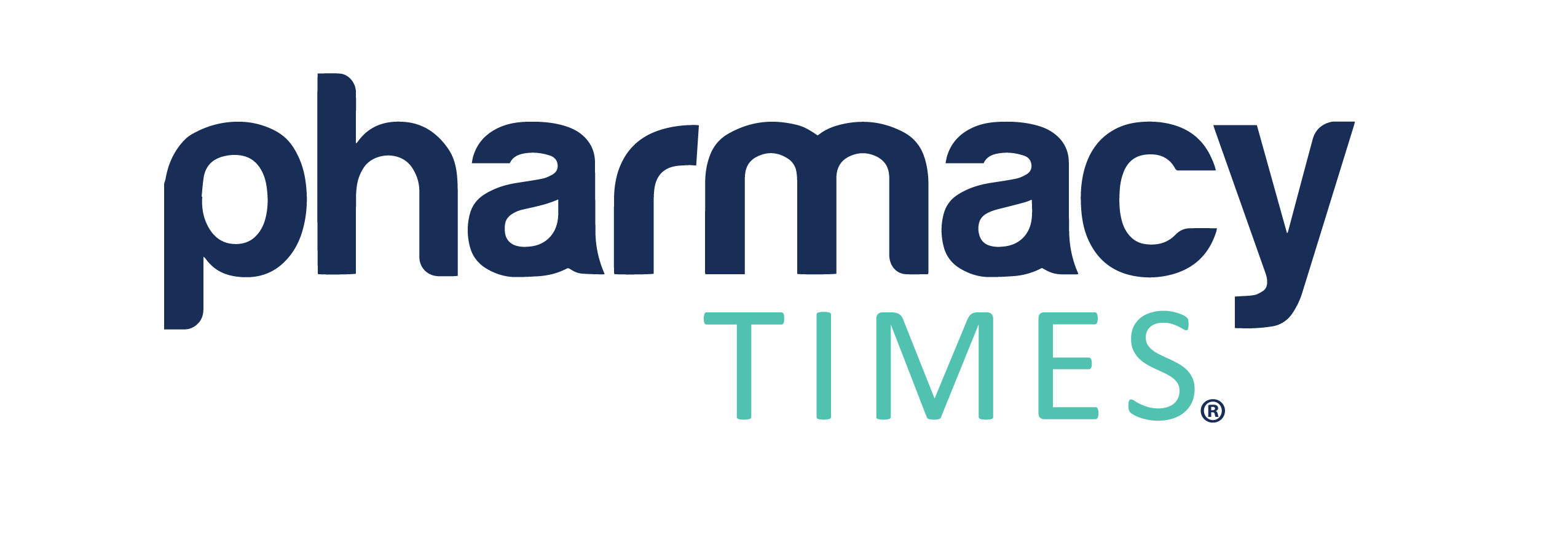Question 1
Which of the following accurately states the indication for Tresiba® 100 U/mL and 200 U/mL?
ATresiba® is a once-daily, long-acting insulin analog indicated to improve glycemic control in patients 1 year of age and older with diabetes mellitus.
BTresiba® is a once-daily, long-acting insulin indicated to improve glycemic control and to treat diabetic ketoacidosis in patients 3 years and older with diabetes mellitus.
CTresiba® is a rapid- and long- acting insulin indicated to improve post-meal glycemic control in patients 3 years and older with diabetes mellitus.
DTresiba® is a rapid-acting insulin analog indicated to improve glycemic control in patients 18 years and older with diabetes mellitus.

